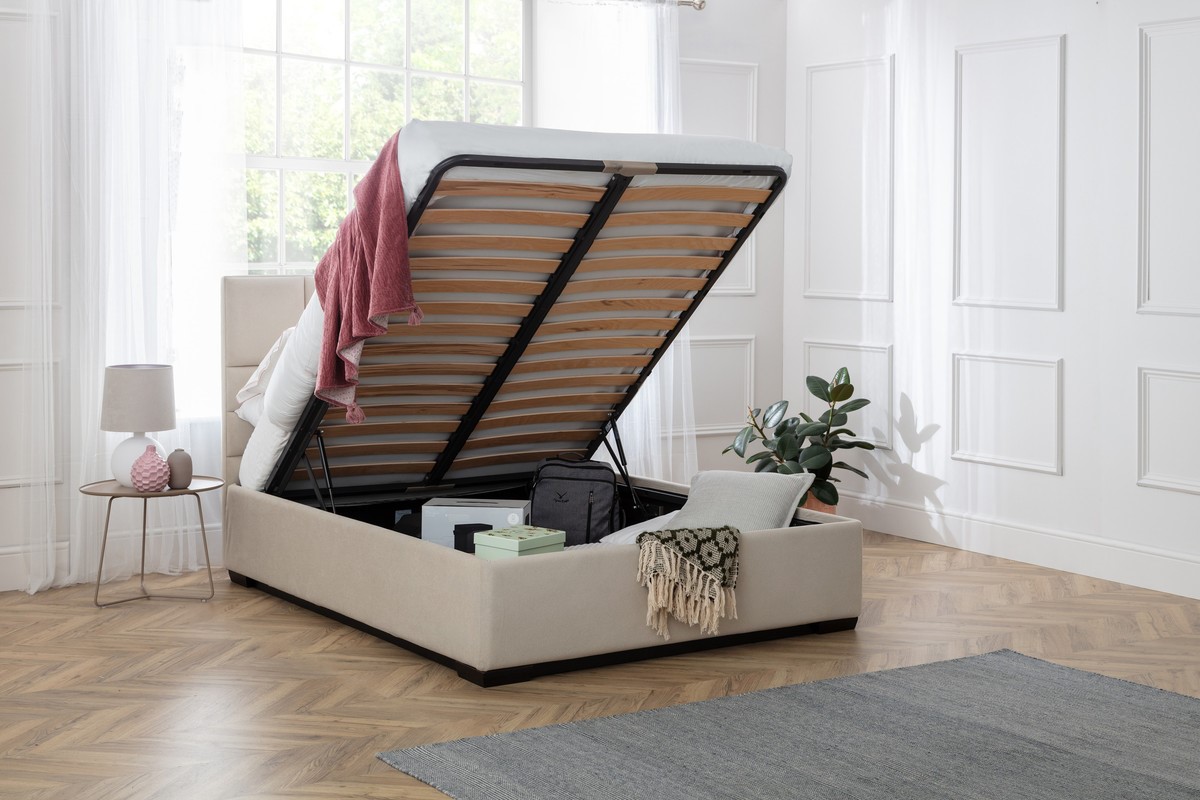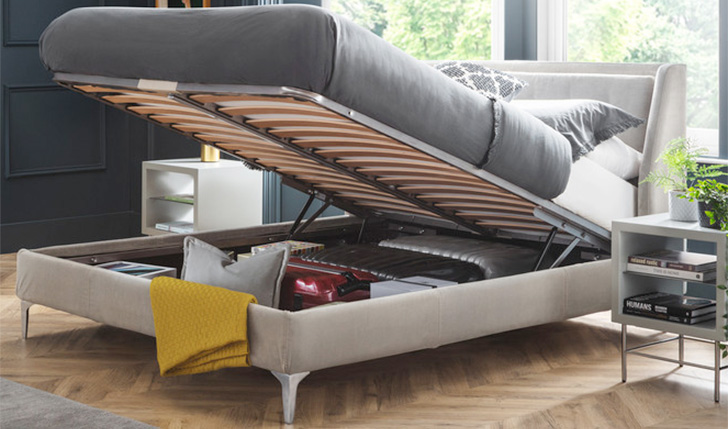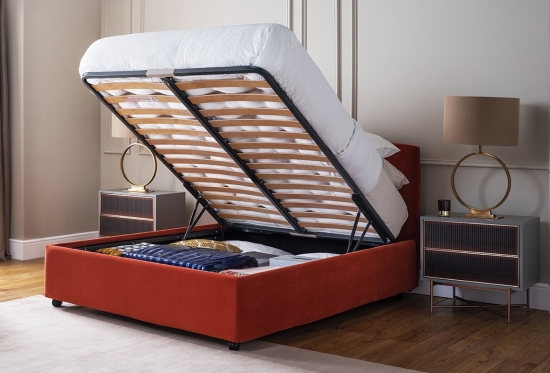In most rooms, the bed is the largest piece of furniture. It’s where you crash after a long day, scroll through your phone, or maybe pile up clothes you don’t feel like putting away. The space underneath, though, is often forgotten. It’s hidden away, collecting dust or just left empty.
But what if that under-bed area could be more than just a waste of space? With a storage bed, your under-bed region becomes a clever solution to clutter. Some beds have drawers that slide out effortlessly to hold extra blankets, pillows, and shoes. Others feature lift-up frames that reveal a deep compartment. What once sat empty can now organise your life, giving your room a cleaner, more spacious feel.
A calm, spacious vibe doesn’t just come from having everything neatly tucked away. If your storage bed is too large for your room, it can actually have the opposite effect. A bulky bed can take up too much space, leaving you with little room to move around.
That’s why getting the right size is key. If your room is small, you’ll want to avoid a storage bed that’s oversized, as it can easily overwhelm the space. You need enough clearance around the bed for airflow and movement — this keeps the room feeling light and open. For larger rooms, you have more flexibility, but you still want to ensure the bed’s size complements the overall layout.
In this guide to bed sizes, we'll explore the different storage bed options and help you pick one that's compatible with your room.







.jpg)






